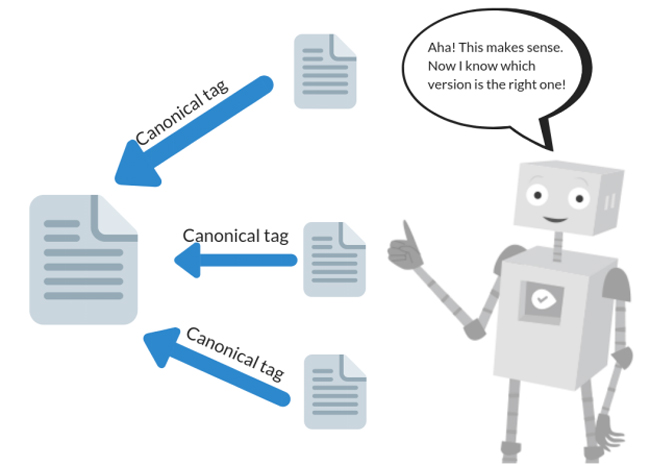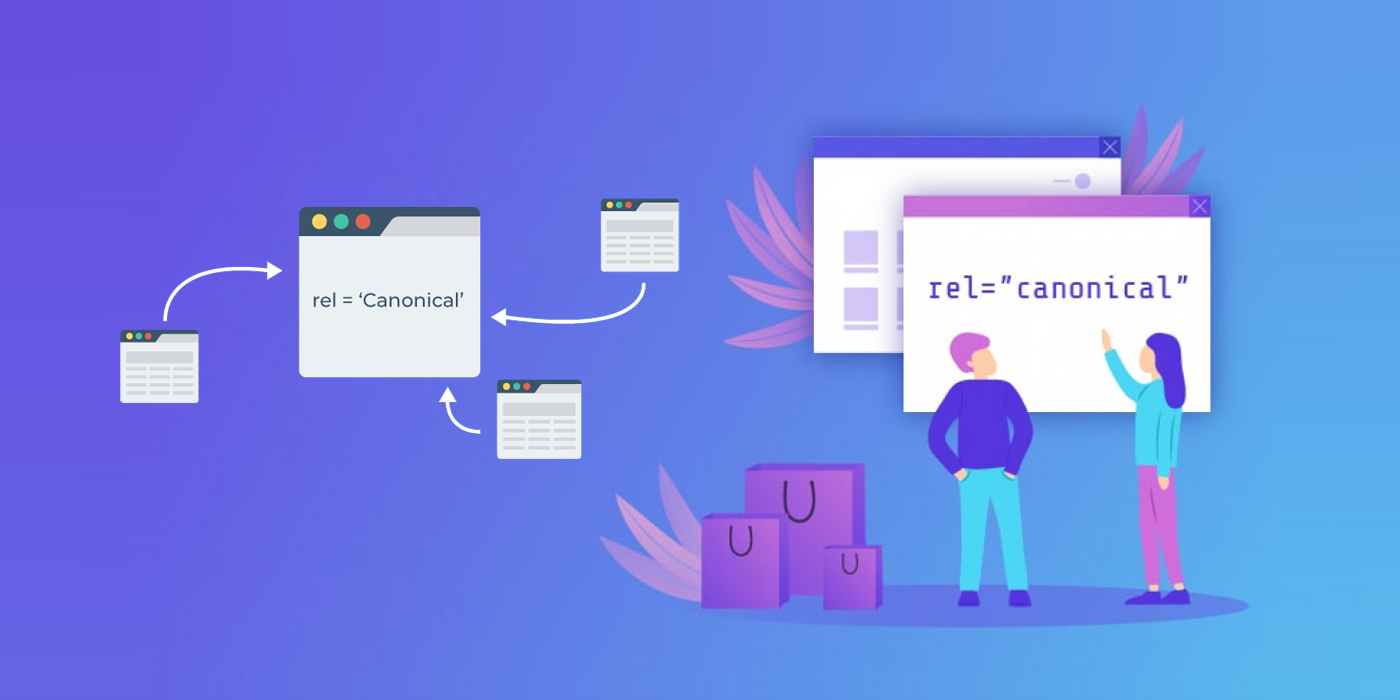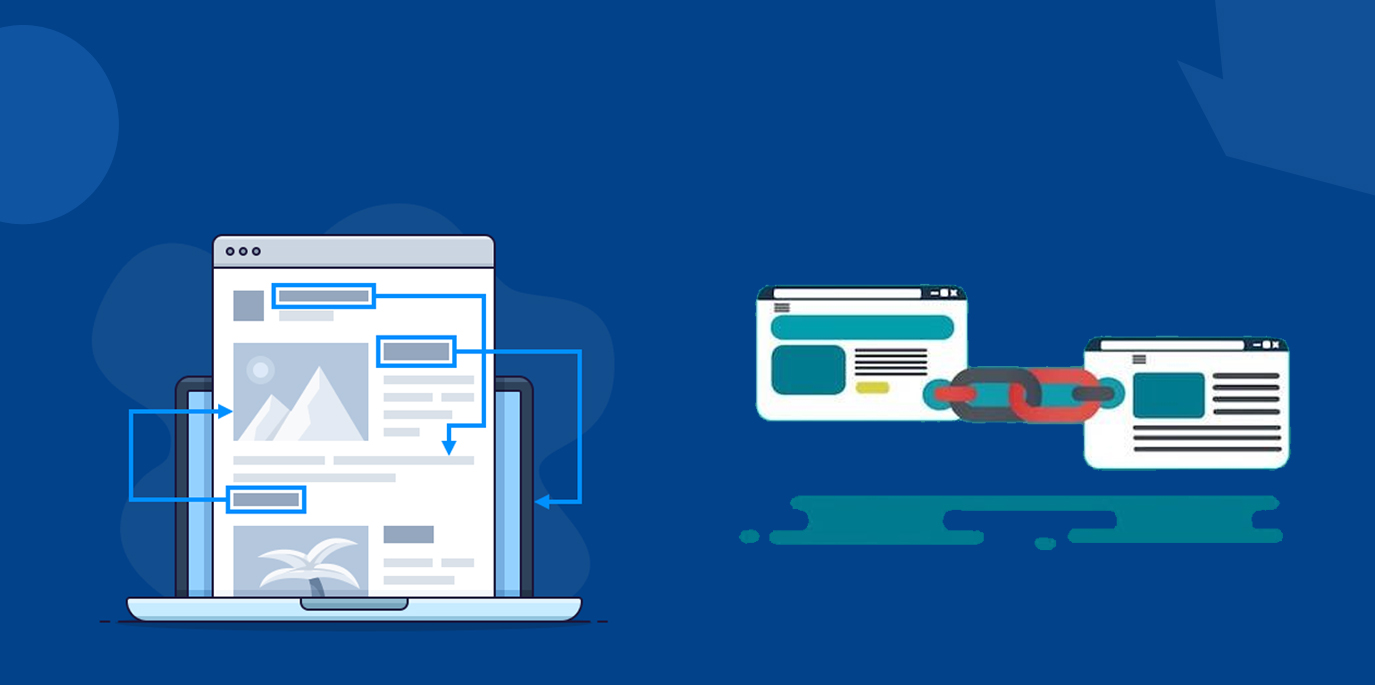Q: Is it right to use short and keyword heavy footers? What do you suggest using? Canonical and 301 redirect or just one of these, in case you have moved the content from one website to another?
A: Short, keyword heavy footers raise the keyword density site-wide, allow for link-sculpting around the targeted keywords, and also get natural syntax onto the pages. I don’t see anything wrong in having footer like this, as it is helpful for users & search engines. However, make sure you don’t overdo it.

Coming to canonical meta tag vs. 301 redirects, these are different things. While a 301 redirect is a permanent move, the canonical meta tag points at the authoritative source. When it comes to redoing a site, using canonical redirects will be slightly more useful for SEO. So, canonicals are better in short term. However, you can transition a site by using canonical for some time and in longer run, kill the older pages with 301s.
Duplicate URLs or duplicate content often confuse users and viewers while they look for specific pieces of information. However, you might have to move from one URL to another for several technical and business reasons. Be it session ID expiration or the requirements related to URL parameters, moving to a new URL remains a hectic task.
Often you are bound to move a new URL when your existing URL is receiving high web traffic. In such a case, your website reach might decrease as you move to a new URL. Apart from that, duplicate content impacts your website’s credibility in terms of SEO. 301 redirects and canonical links are the most efficient solutions in such a scenario. These help you reduce duplicate content and that’s how both your existing and new URLs get high web traffic.
However, it’s hard to pick a site architecture process among the options mentioned before. Most website owners become confused when it comes to choosing one of these two.
This article will help you understand whether 301 redirects are better options or canonical links are.
A brief introduction to 301 redirects and canonical links
You might not be familiar with these terms unless you’re SEO-savvy. It’s important to know these practices closely before stepping into the main topic.
301 redirects
With 301 redirects, you can move from one URL to another without any consequences related to SEO or web traffic. You get the chance to move your website content to another URL without interrupting your website’s reach. In the case of a 301 redirect, a user types in a specific URL into the search bar and gets redirected to another URL automatically.
To be specific, the original URL remains blank and doesn’t include any content. The purpose of retaining the original URL is to redirect users to the new URL where they can find the content.
So, 301 redirects save you from losing your website’s viewers while you move your content to another URL from the main one.
Canonical links
Often canonical links are specified as canonical tags. Generally, canonical links or tags are specific types of HTML programs that are programmed to assist the webmaster in determining duplicate content or duplicate URLs efficiently. The main purpose behind generating and implying such tags is to help search engines identify if the content of two different URLs is the same or not. These links are also quite helpful in reducing the number of duplicate content pieces.

Generally, a website owner adds or inserts such tags in the URL header of his page or website. The main function of such a tag is to redirect the search engine or the user to the canonical link where the user can find the original and primary content. Hence, canonical links are similarly significant as 301 redirects are.
What are the main uses of 301 redirects?
Here we are listing out the purposes that make website owners use 301 redirects.
- Numerous websites can be accessed through different URLs. Generally, those websites can be accessed through links from other third-party websites. If your website is accessible through multiple URLs, 301 redirects are great options to redirect your target audience to your main website via your preferred URL.
However, you have to set a preferred URL in such a case and utilize the functions of 301 redirects to bring the users or viewers to your main website. That becomes very friendly and helpful to your website’s traffic and SEO.
- Many website owners prefer registering new domains for their websites once the old ones get expired. If you’re planning to do the same, 301 redirects make the task comfortable and risk-free for you. You can imply 301 redirects and you can register a new domain for your website without losing your website’s existing traffic.
- 301 redirects offer exceptional outcomes in terms of website mergers. When two websites merge and get registered under a new domain, both websites tend to experience a decrease in web traffic. In such cases, 301 redirects are the best options to redirect the users from the old domains to the new ones.
- Apart from these, 301 redirects are also effective in driving your website’s traffic from the outdated pages to the new versions. Updating and improvising the outdated pages of your website might increase your expenses. That’s when 301 redirects come into play as you can direct your audiences to the new and updated pages of your website. That’s how you can cut off your additional expenses too. The same is applicable for the pages removed from your website too.
What are the main uses of canonical tags?
- If you’re selling specific products through your website, sometimes temporary URLs get generated automatically for certain products. That’s not what you expect as you already have that product listed on your product page. In such a case, the usage of a canonical tag helps you redirect the viewer to your main product page. As the viewer gets redirected to the main product page, your chances for earning a greater revenue get increased. Canonical tags or links are extremely helpful for eCommerce platforms or product pages where the chances of temporary URL generation are higher.
- Sometimes blog systems like WordPress automatically generate multiple URLs for a single post that you’ve posted under more than one category. In such a situation, you’re supposed to use a canonical tag mandatorily.
- Content syndication is a common SEO strategy where you allow other websites to publish your blog along with credits on their sites and vice versa. That’s what more blog owners or website owners perform for driving their websites’ traffic upwards. As you use canonical tags, you ensure that your website gets credibility and creates its separate recognition in the search engines.
Which is a better option among these two solutions?
There are no better options than canonical meta tags when you intend to reconstruct your existing site or approach other sites for collaboration for ensuring more web traffic. However, these meta tags can be treated as permanent solutions. On the contrary, if you’re permanently moving to a new URL or registering a new domain for your site, 301 redirects are the obvious choices.
Anyway, you can combine both the solutions to get beneficial results in terms of your website’s SEO. That means you can use canonical tags to point out the main sources on a temporary basis, and you can destroy the outdated pages or content using 301 redirects after that.



























